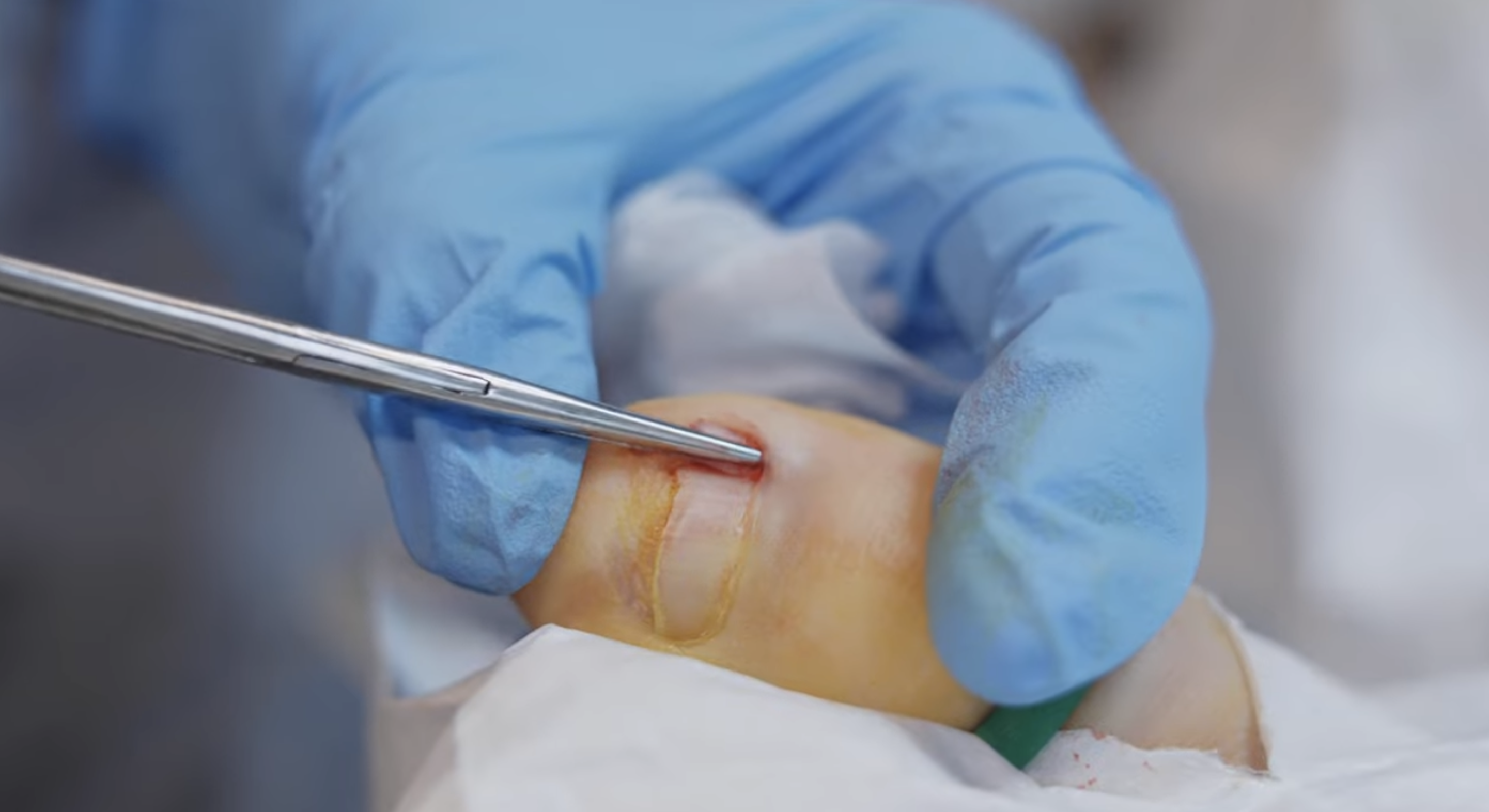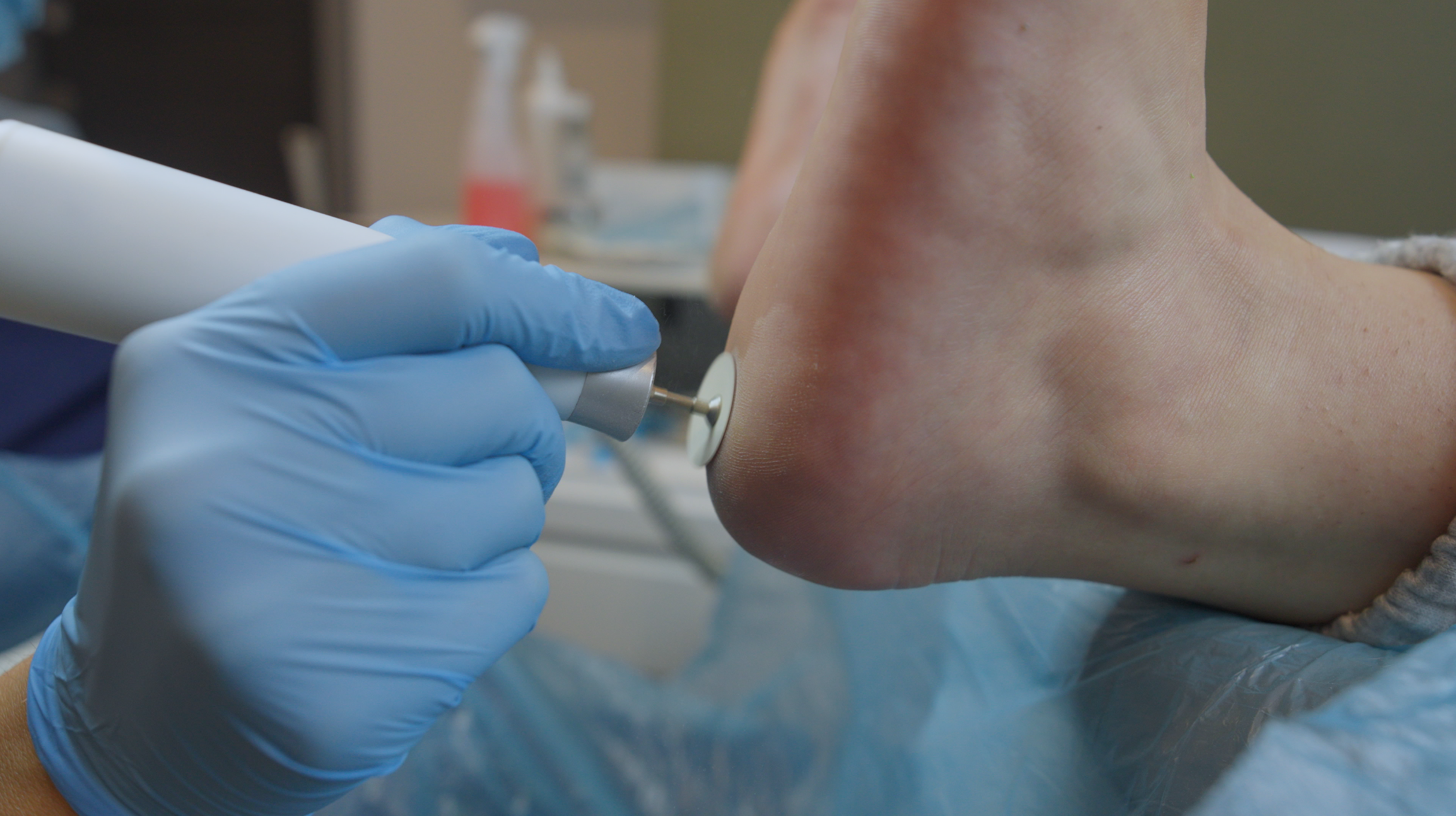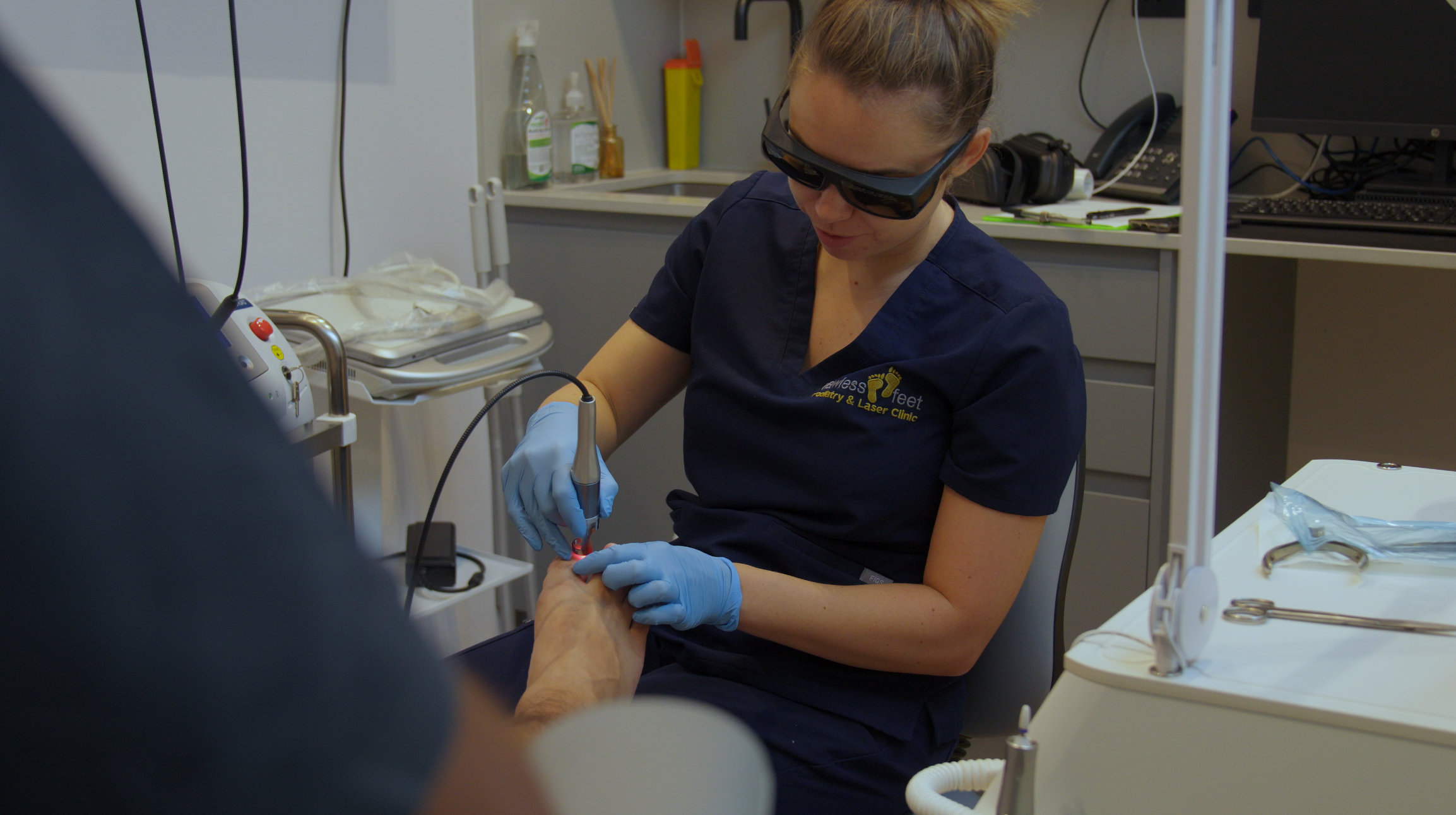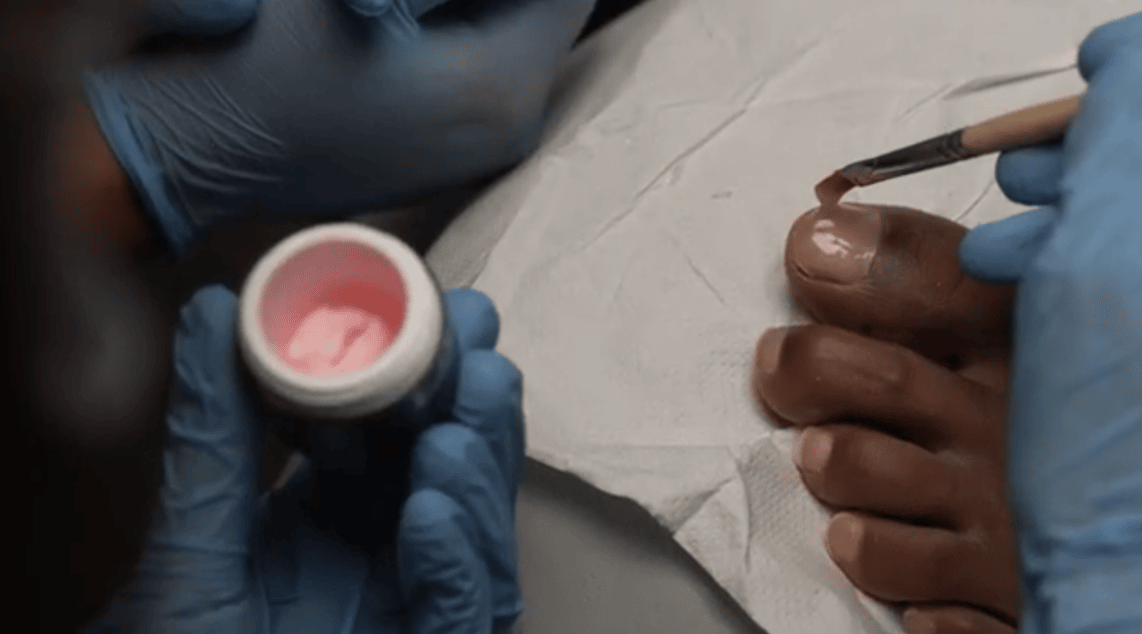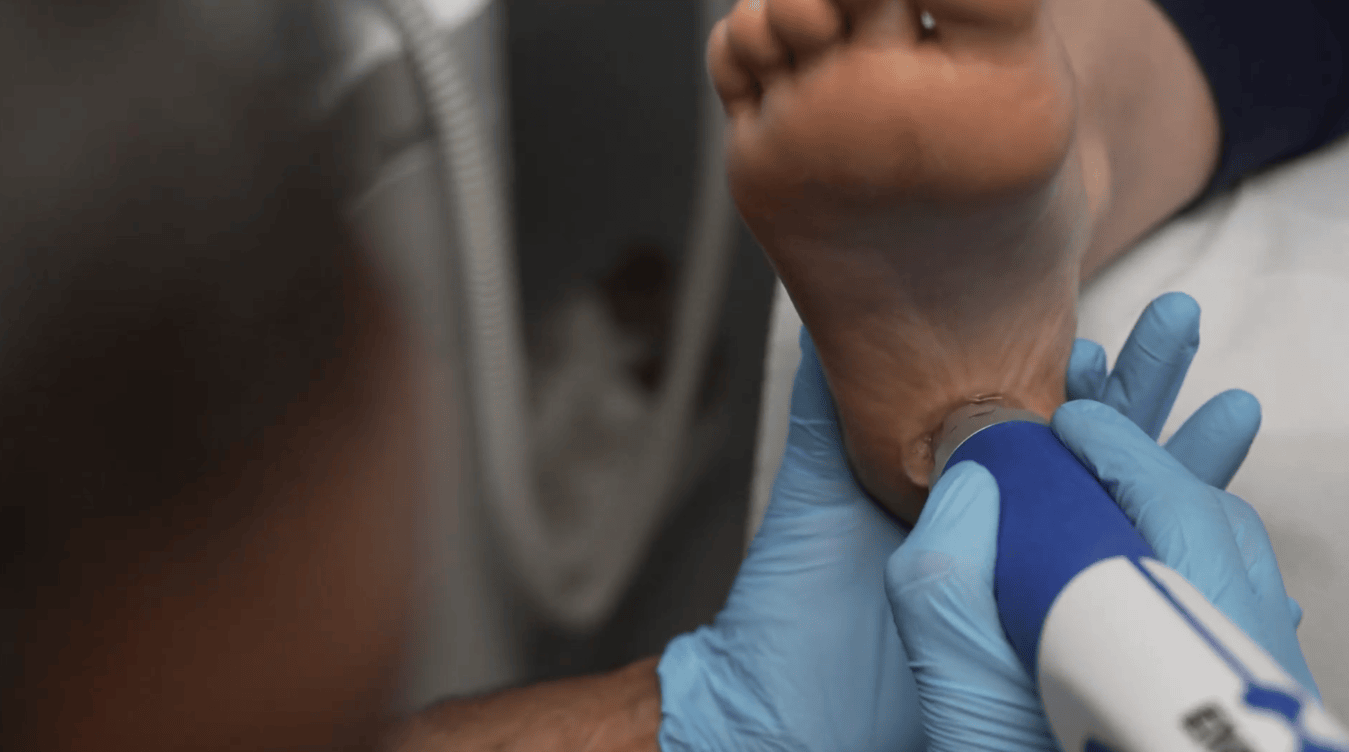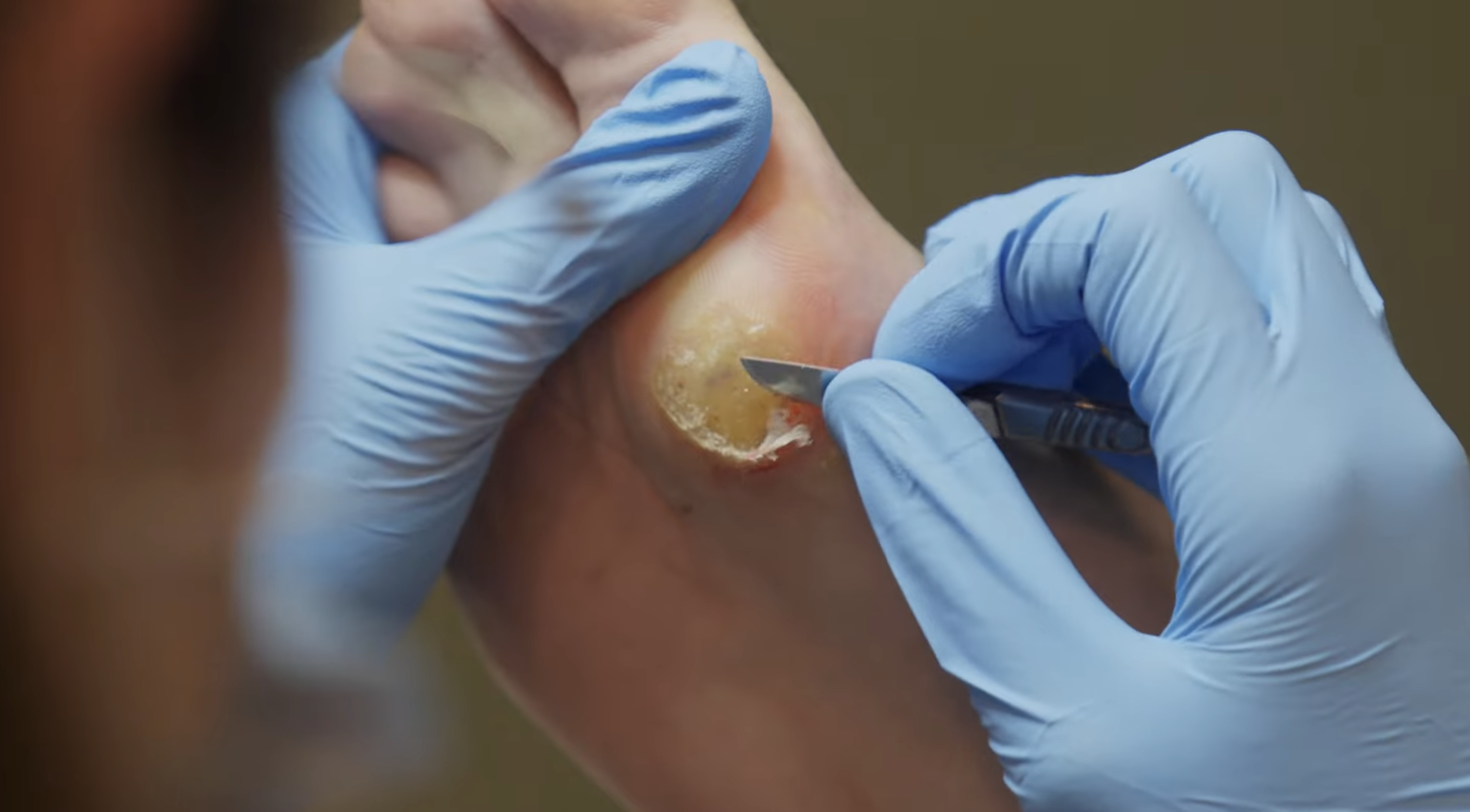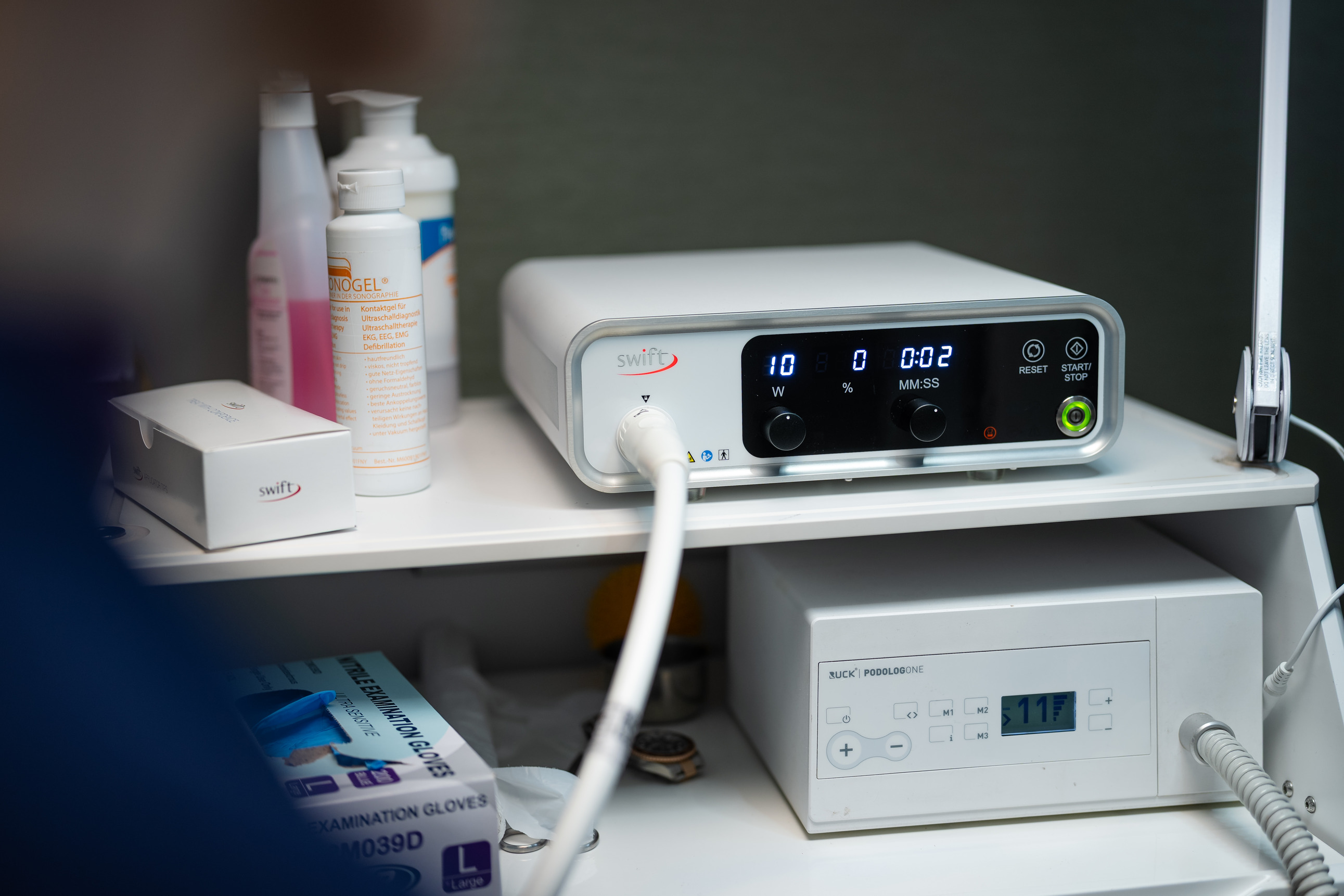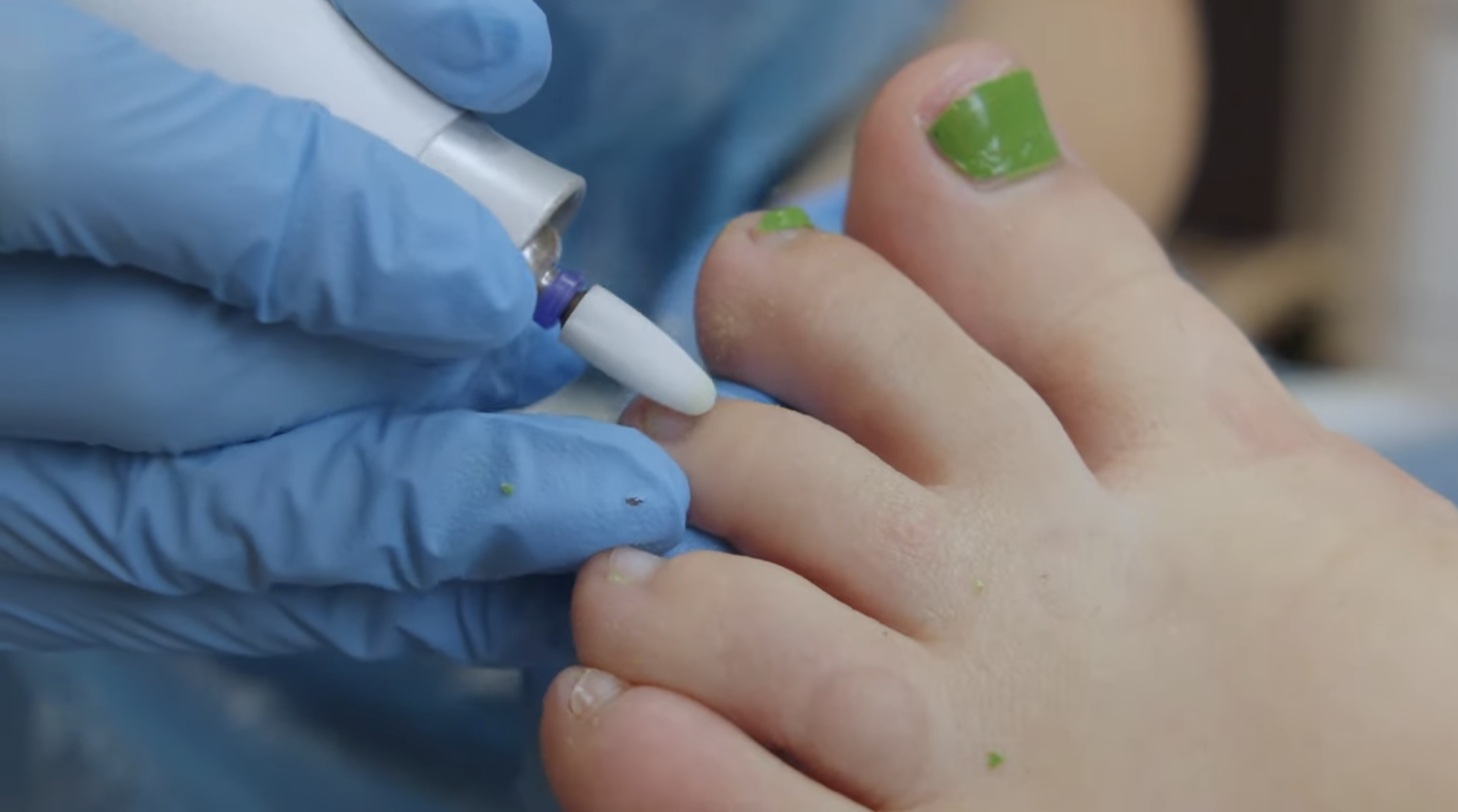Effective Athlete's Foot Treatment and Fungal Skin Infections in London
Do Your Feet Feel Hot, Sweaty, and Itchy? You May Have Athlete’s Foot!
At Flawless Feet Podiatry & Laser Clinic, we understand how uncomfortable and distressing athlete’s foot can be. This common fungal infection affects many people, not just athletes, and can cause significant discomfort if left untreated.
Our experienced podiatrists and chiropodists in Sydenham, Croydon, and Covent Garden - London provide effective and personalised treatments for athlete’s foot, so you can get back to living your life without the discomfort.
What is Athlete’s Foot?
Athlete’s foot is a common fungal infection of the skin on the feet. It can lead to intense itching, burning, cracked, blistered, or peeling areas of skin, redness, and scaling. Typically, it first occurs in moist, waterlogged skin between the fourth and fifth toes, but it can also appear on dry, flaky skin around the heels or elsewhere on the foot. In severe cases, the soles of the feet can become scaly and raw, sometimes with the presence of small pustules (pus), which becomes very itchy and sore.
If left untreated, large painful
fissures can develop, and the infection can spread along all five toes and even to the soles of the feet.
What Causes Athlete’s Foot?
Fungal infections are highly contagious and can spread to other areas of the skin, including your scalp, hands, and groin. Athlete’s foot is caused by a number of fungal species that can be contracted through several routes:

How Do I Prevent Athlete’s Foot?
Prevention is key in managing athlete’s foot. Here are the most important tips to help prevent the condition:
-
Dry your feet thoroughly: Ensure your feet are completely dry after washing them, especially between your toes. Moisture creates the ideal environment for fungal growth.
-
Alternate your shoes regularly: Allow shoes to dry out for 24-48 hours before wearing them again. Remove insoles, loosen laces, and open shoes fully to allow air circulation. Choose trainers with ventilation holes to keep feet dry.
-
Wear shoes with a wider toe box: Tight shoes that squeeze your toes together can trap moisture between them. Opt for shoes with a wider, deeper toe box made of natural materials to allow air circulation.
-
Change socks daily: Fresh, clean socks are essential for preventing athlete’s foot. Always wear socks made from materials that wick moisture away from your skin.
-
Use flip-flops in communal showers: Avoid walking barefoot in public showers or changing rooms. Wearing flip-flops helps prevent picking up the fungus from others.
-
Avoid sharing footwear: Never wear anyone else’s shoes, slippers, or trainers as this can spread the infection.
If you’re struggling with athlete’s foot or other foot-related conditions, Flawless Feet Podiatry & Laser Clinic is here to help. Our trusted chiropodists and podiatrists in London are dedicated to providing personalised care and advanced treatments to get you back on your feet and feeling better fast.
What Are The Treatments for Athlete’s Foot?
Athlete’s foot should be treated as soon as possible before it spreads. Effective treatments include:
-
Antifungal creams and sprays: Over-the-counter antifungal creams or sprays are usually the first line of treatment. These products can be applied directly to the affected areas for effective relief.
-
Prescription medications: If the infection persists, or if the toenails are affected, a podiatrist may recommend stronger antifungal treatments or oral medications.
-
Custom treatment plans: At Flawless Feet Podiatry & Laser Clinic, we will identify the specific type of athlete’s foot and recommend the best course of action to eliminate the infection and prevent future recurrences.
-
If athlete’s foot spreads to the toenails, we offer specialised treatments for fungal nails as well.


Why Choose Flawless Feet Podiatry & Laser Clinic?
At Flawless Feet Podiatry & Laser Clinic, we specialise in treating fungal skin infections, including athlete’s foot. Here’s why you should choose us for your athlete’s foot treatment:
-
Expert podiatrists and chiropodists: Our team has extensive experience in diagnosing and treating athlete’s foot and other fungal infections, ensuring that you receive the best care.
-
Personalised care: We offer customised treatment plans tailored to your specific needs, helping you achieve lasting relief.
-
State-of-the-art treatment options: We provide advanced solutions, from topical treatments to oral medications and specialised care for fungal nails, to ensure comprehensive care.
-
Convenient locations: Our clinics in Sydenham, Croydon, and Covent Garden are equipped with the latest technologies to deliver effective treatment and relief.
Frequently Asked Questions
Athlete’s foot is a fungal infection of the feet, causing symptoms like itching, burning, scaling, and redness, usually between the toes.
Common signs include itching, redness, peeling skin, blisters, and cracked areas between the toes or on the soles of the feet. If untreated, it may spread to the toenails.
Athlete’s foot is caused by fungi that thrive in warm, moist environments. Common causes include communal showers, tight shoes, and excessive sweating.
Prevent athlete’s foot by keeping your feet dry, wearing breathable footwear, alternating shoes, and practicing good foot hygiene.
Athlete’s foot is treated with antifungal creams, sprays, or powders. If it spreads or persists, prescription medication may be required. Our clinic offers personalised treatment plans.
Book Your Podiatrist in London
Book your treatment at Flawless Feet Podiatry & Laser Clinic in London and experience expert care designed to relieve discomfort, restore movement, and get you back on your feet, comfortably.

More Treatments
Select Treatments
Need Emergency Treatment?
Patients in need of urgent treatment should contact the surgery before 10am and every effort will be made to attend to such cases as soon as possible.
Please make it clear that it is urgent.

Cancellation Policy & Appointment Reminders
Please give 48 hours notice of cancellation otherwise a fee will be charged. (An answerphone is available out of hours so it is always possible to leave a message)
You will be reminded a day or two before your appointment, as a courtesy. However your responsibility to cancel any unwanted appointment remains and a full fee will be charged if you fail to inform us within 48 hours of your appointment.
Leave a MessageAdvance Payment Policy for New Patients
Payment for this initial appointment can be made via a link which will be sent to you, or over the phone with a debit or credit card, and you will be issued with a receipt that you can collect at your appointment.
If you prefer to pay in cash then you can pay for the appointment at the clinic, providing this is in advance of the appointment.
For any subsequent appointments you simply pay on the day.
Book Treatment



